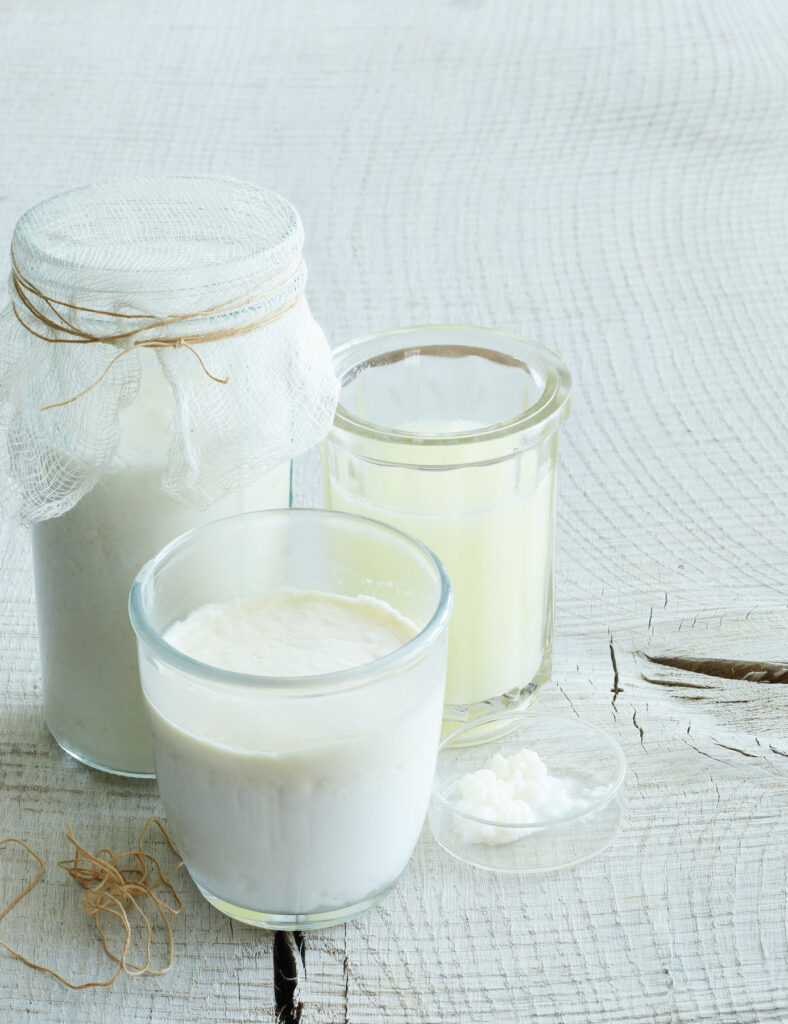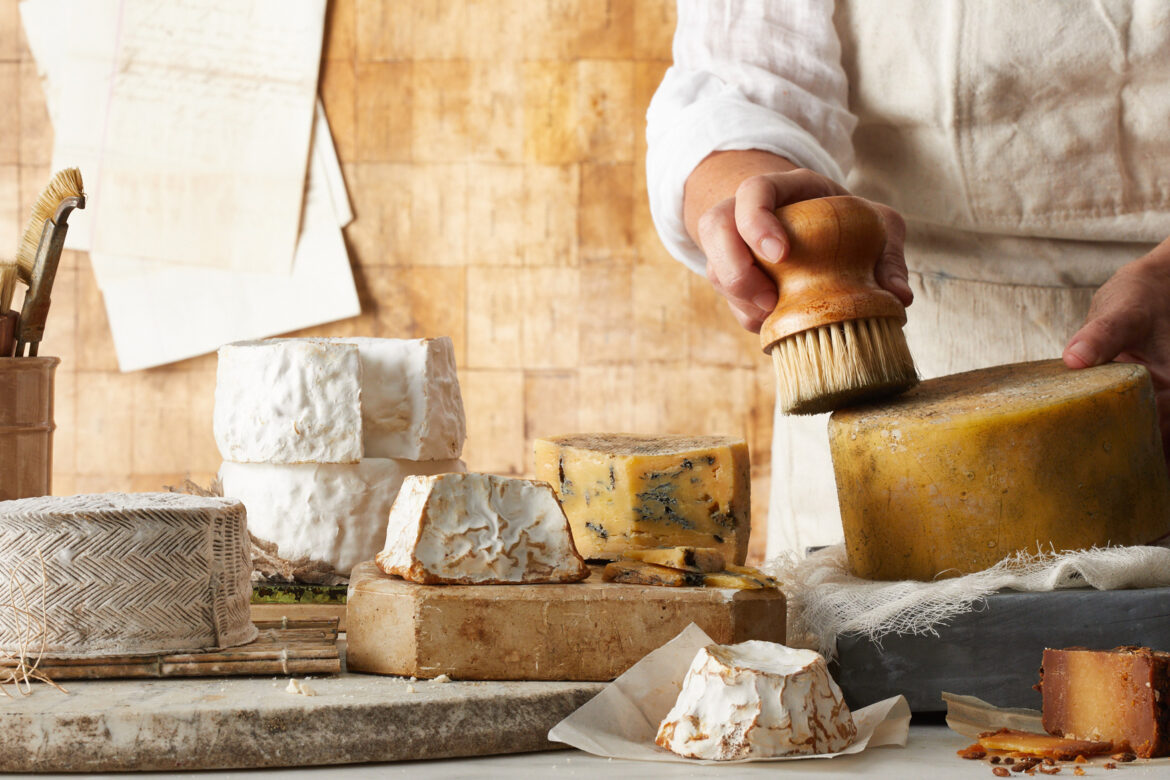Low Tech, Terroir Rich
Nothing makes me want to shepherdess a flock of sheep more than cheesemaking. The mystery, alchemy, and connection to the past engages every part of me. I’m not a great cheesemaker, but I’m passionate about it nonetheless. To make cheese in my kitchen, to form a funky chunk then sip a mug of piping hot whey, feels like a bit of a miracle.
The Art of Natural Cheesemaking, David Asher’s eye-opening book, rocked my world. The wisdom he shares is complex in nature, but satisfyingly simple in practice. No need for freeze-dried cultures or a cabinet full of online purchases (I know whereof I speak). Milk—high-quality, fresh, raw milk—has everything in it to make cheese at home. Mozzarella. Tomme. Feta. Parm. Camembert. Bleu. All the cheese drawer players.
Grab David’s book, hunt down a source for excellent, fresh, raw milk. Purchase one thing: animal rennet. OK, two things: animal rennet and cheesecloth. And begin your own cheesemaking adventure.
Cheesemaking at Home
Feta. By far my most successful cheese. Salty, goat-y, and decadently rich straight from the brine. I always keep a giant mason jar of homemade feta in my fridge.
Tomme. Tomme is fun if you enjoy the big shape of it and want to marvel at its transformation during aging. It’s tempting to dive into a slab of it too soon.
Camembert. I’ve made one great one and a hundred fails. When you get it right, it’s
mind-blowing. I find the proper aging conditions tricky.
Ricotta. Ricotta is a by-product cheese of making another cheese. Once you’ve had
homemade ricotta, you’ll never go back. A spoonful of heaven.
Bleu. Bleu cheeses are the advanced course, IMO. Asher’s technique of harvesting Penicillium roqueforti from a slice of fresh sourdough is genius.

Recipe: Clabber
YIELDS 1 BATCH
The milk itself provides the culture for just about any cheese you can dream of. Fresh clabber or kefir can be used as your jumping off point. The best raw milk to use was in the udder less than 48 hours prior.
INGREDIENTS
8 ounces fresh raw milk
DIRECTIONS
Cover the glass of milk with cheesecloth. Let it sit on the kitchen counter overnight. The next day, the milk will be thick and yogurt-like, and smell sweet. This isn’t rotten milk; it’s clabber. Refrigerate and enjoy as is or use as the starter to make cheese. For full cheese recipes, check out The Art of Natural Cheesemaking.



